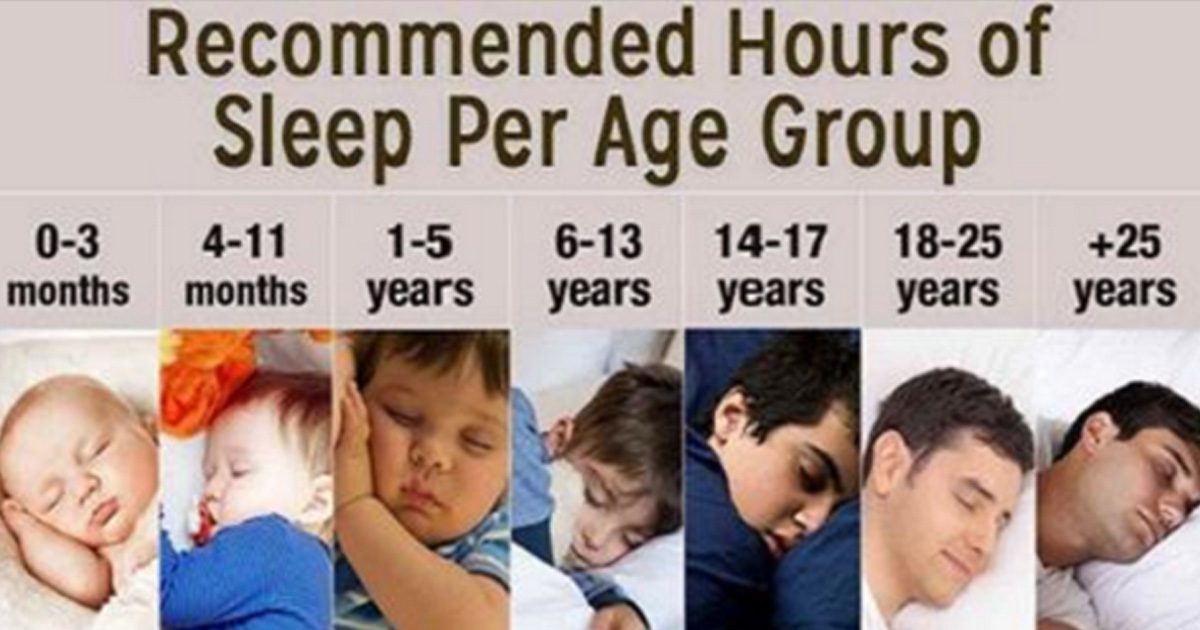Tick bites can cause diseases like Lyme Disease or Powassan Disease within 24 hours, and Powassan Disease in 15 minutes, leading to permanent disability, so it is important to be able to remove them as quickly as possible.
However, there is a video that has gone viral fast, that claims that peppermint oil can quickly help one remove a tick. The woman in the video douses a tick that had attached its head to her leg, in peppermint oil, and it floats up, detaches itself, and crawls away, attempting to escape.
However, it can work, but this oil essentially “burns” the tick, which can be dangerous.
First of all, one waits for the tick to detach itself, and in reality, time is precious in this case, as viruses and bacteria can quickly be transmitted.
Additionally, this trick agitates the tick, which stimulates the production of saliva, which can pass diseases to the open wound of the bite. Also, peppermint oil can be harsh to the skin and lead to burns.
On the other hand, there are numerous other folk remedies shared on the Internet which are said to help the elimination of ticks, like attacking them with heat, covering them in petroleum jelly, painting them with nail polish, and so on.
Yet, ticks are a real and serious health threat which can lead o dangerous and life-altering diseases. The case of Tamela Wilson, who worked at Meramec State Park for ten years, is another proof of this.
She used to remove ticks with ease numerous times before, but one day, she fell very ill about two days later. Her doctor diagnosed her with a urinary tract infection, but as her symptoms aggravated, and antibiotic failed to treat them, she underwent further tests and was found to have a very low white blood cell count. She was too weak that she was not even able to pick up her phone.
Her condition got worse, and she made a couple of skin biopsies and tick-related blood tests, and they all turned out negative. Eventually, she developed a condition that makes the body develop too many immune cells called hemophagocytic lymphohistiocytosis and led to a red rash.
Her daughter, Amie May, a nurse, said that she had never seen something like the one that developed in her mother’s mouth. She could not talk, drink, nor eat.
The blood tests showed that she had the rare and currently incurable Bourbon virus, spread through insect bites, including tick. This virus leads to rashes, fever, nausea, headaches, tiredness, body aches, low blood counts, and vomiting. Unfortunately, Tamela lost the battle with it three weeks later.
This case is just another example that should teach us that we should not experiment in cases of serious health threats, like ticks. Here are some useful tips to help you prevent tick bites altogether:
- Avoid moist, humid, and damp environments, as these areas are high-risk, as well as wooded areas and tall or bushy grasses.
- Always use insect repellents
- Use tick repellents on your clothes and outdoor gear when going camping or hiking
- After a day spent outdoors, check your clothes for ticks before you come inside
- Wash them in hot water to kill any remaining ticks
- Shower soon after entering the house to wash off any unattached ticks and check the entire body
In case you notice a rick attached into your skin, remain calm and follow these steps:
- Grasp it as close to the skin as possible with a pair of fine-tipped tweezers, but keep the head intact.
- Pull straight up, don’t jerk, twist, or squeeze it
- Place it in a sealed plastic bag, wrap in tape, or flush down the toilet
- Use rubbing alcohol, soap, and water, to wash the bite and the hands
- Go to your doctor if you develop fever or rashes within the next few days
Also, do not forget to regularly check your pet for ticks. In case you notice a tick, follow these instructions:
You will need:
- Gloves
- Tweezers
- Latex or rubber gloves
- Rubbing alcohol
- Jar or container with lid
- Antiseptic wipes (optional)
Here are the steps:
-Put on the gloves, in order to be safe and prevent infections.
-Try to keep your pet calm, as any unusual poking or prodding makes dogs and cats nervous. Someone can help you hold it and keep it relaxed
-Take the tweezers and grab hold of the tick as close to your pet’s skin as possible, but make sure you do not pinch the skin
-Apply steady pressure, and pull the tick out in a straight motion, making sure you won’t squeeze or crush the tick, as its fluids may contain infectious material.
-When you have it removed, make sure its head and mouth are removed as well. If not, take the pet to the veterinarian to remove what’s left in the pet’s skin
-Place the tick in a container with rubbing alcohol, and when dead, if your pet displays any symptoms of a disease, keep it in the container with a lid
-Make sure you disinfect the bite using antiseptic spray or wipes. It the bitten area remains red or becomes inflamed, you should visit your veterinarian
-You need to keep a close eye on your pet over the next few weeks in order to notice any strange symptoms that might be caused by an infection or a disease, like fatigue, appetite loss, fever, reluctance to move, or swollen lymph nodes. If it displays any of them, immediately make an appointment with a vet.
If you know someone who might like this, please click “Share”!



